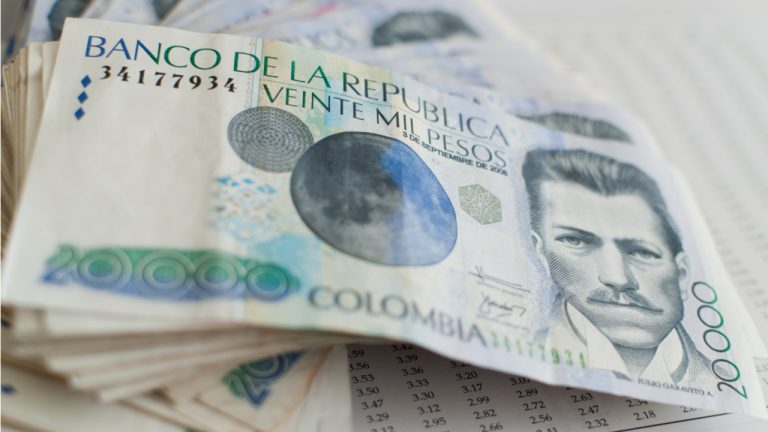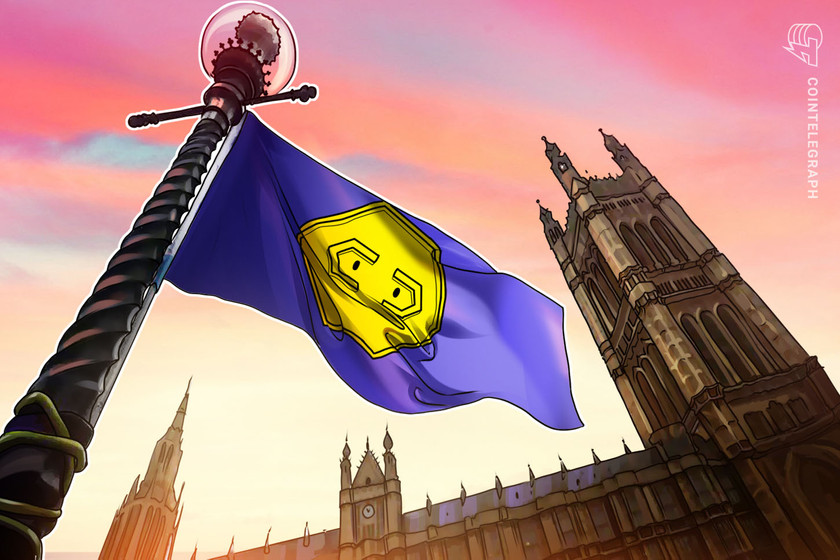TA: Ethereum Indicators Suggest ETH at Potentially Significant Turning Point
Ethereum is slowly moving lower below $1,900 against the US Dollar. ETH must stay above $1,850 to avoid more losses in the near term. Ethereum started a downside correction below the $1,920 level. The price is now trading below $1,920 and the 100 hourly simple moving average. There is a key declining channel forming with resistance near $1,900 on the hourly chart of ETH/USD (data feed via Kraken). The pair could continue to decline if it stays below $1,900 and $1,950. Ethereum Price Faces Resistance Ethereum started a downside correction from well above the $2,000 resistance zone. ETH slowly moved lower below the $1,950 and $1,920 levels. There was a clear move below the $1,900 level and the 100 hourly simple moving average. Ether price traded as low as $1,854 and remained stable above the $1,850 support zone. It is now consolidating losses above the $1,860 level. An immediate resistance on the upside is near the $1,900 level and the 100 hourly simple moving average. It is near the 23.6% Fib retracement level of the recent drop from the $2,030 swing high to $1,854 low. There is also a key declining channel forming with resistance near $1,900 on the hourly chart of ETH/USD. The first major resistance is near the $1,920 and $1,925 levels. The key breakout zone is forming near the $1,950 level or the 50% Fib retracement level of the recent drop from the $2,030 swing high to $1,854 low. Source: ETHUSD on TradingView.com A clear move above the $1,950 resistance could start a steady increase to $2,000. If there are more upsides, the price may perhaps gain bullish momentum and test the $2,080 resistance zone in the near term. More Losses in ETH? If ethereum fails to rise above the $1,925 resistance, it could continue to move down. An initial support on the downside is near the $1,860 zone. The next major support is near $1,850, below which there is a risk of a sharp decline. In the stated case, ether price may perhaps decline towards the $1,810 level. If the bears remain in action, the price could even drop towards the $1,750 level. Technical Indicators Hourly MACD – The MACD for ETH/USD is now losing momentum in the bearish zone. Hourly RSI – The RSI for ETH/USD is now above the 50 level. Major Support Level – $1,850 Major Resistance Level – $1,925






